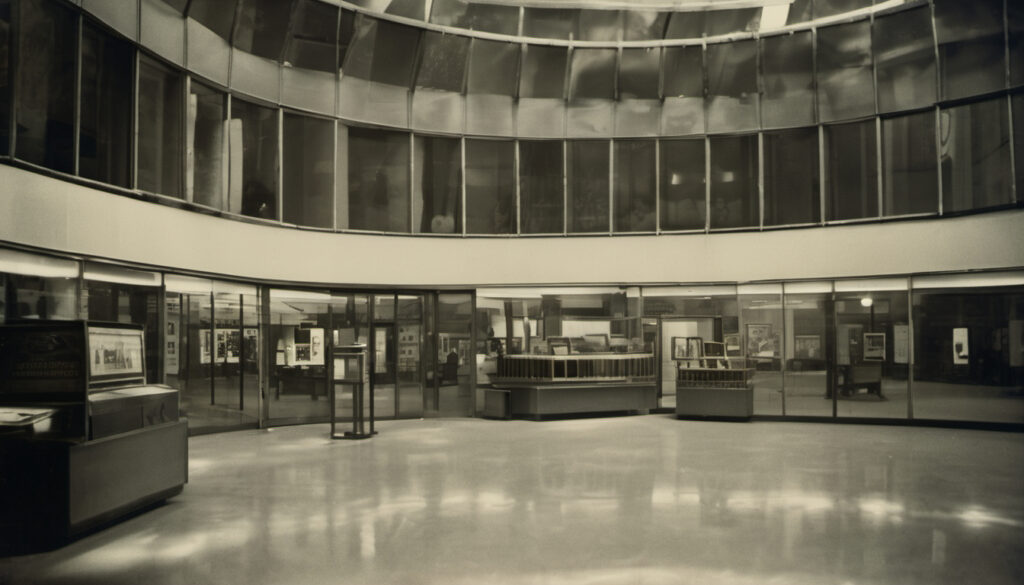
In February 2023, Sonny Estival, known by his pseudonym “Mason Rothschild,” was found liable by a jury on a number of claims, including intentional trademark infringement, trademark dilution, and cybersquatting against luxury brand Hermès. The court ordered Estival to pay $133,000 in damages to Hermès and issued a comprehensive permanent injunction against him and his associates. This injunction specifically prohibited the production, distribution, and promotion of “MetaBirkins” non-fungible tokens (NFTs) and related merchandise, aiming to prevent any association or confusion with Hermès’s “Birkin” trademark.
In January 2024, Estival sought clarification from the court regarding the scope of the permanent injunction, particularly whether it would prevent him from allowing a Swedish museum to exhibit his MetaBirkins artworks as part of an exhibition on Andy Warhol and Business Art. Despite his claims that the museum’s display would not imply any association with Hermès and would even include mention of the lawsuit and its outcome, Hermès opposed this motion. The court held an evidentiary hearing, and after considering submissions from both parties and testimony from museum representatives, denied Estival’s motion. The court could not conclude that the proposed exhibition would comply with the injunction’s terms, given the lack of detailed information about the nature of the permission Estival would be granting to the museum, especially concerning the promotion of the exhibit and potential merchandising.
The court’s decision was heavily influenced by the context of Estival’s previous actions and the jury’s findings, which characterized him as intentionally misleading the public to associate his NFTs with Hermès’s Birkin brand. Despite the museum’s assurance that the exhibit would not suggest any affiliation with Hermès, the court remained unconvinced, especially given discrepancies in the museum representatives’ testimonies regarding how the lawsuit and Estival’s infringement would be presented to the public.
Hermès Int’l v. Rothschild, 2024 WL 1089427 (S.D.N.Y. March 13, 2024)
See also:



